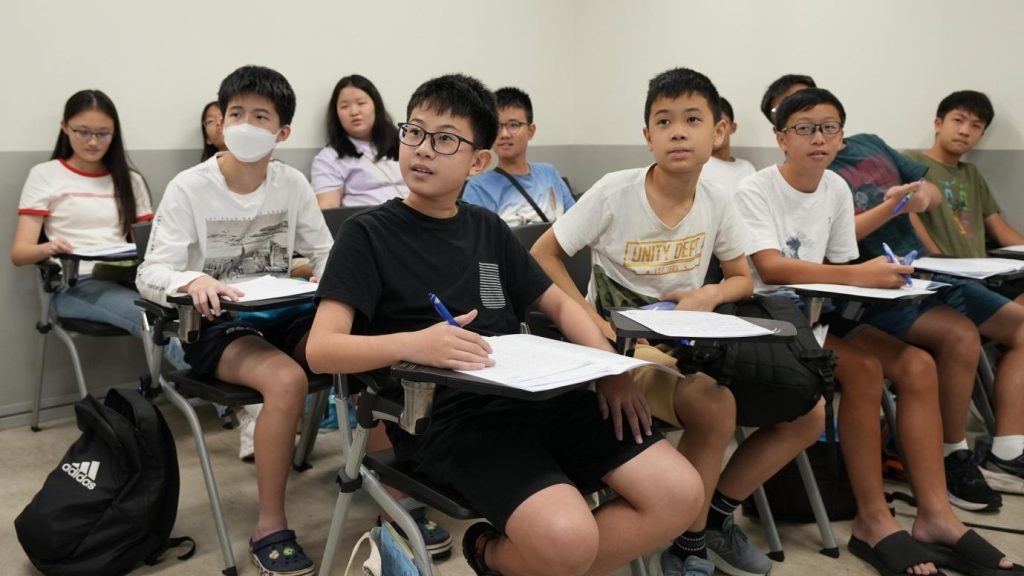For many parents, the question of when to start Chinese tuition comes up as soon as their child begins school. Chinese is part of the core subjects in Singapore, and doing well requires consistent practice. Starting too early may feel unnecessary, while starting too late might mean struggling to catch up. Timing becomes a key decision for families.
Starting in Preschool Years
Some parents introduce tuition in preschool. At this stage, children are curious and pick up sounds quickly. Exposure to simple words and songs in Chinese builds a base for future learning. Lessons usually focus on listening and speaking, with light reading exercises. The aim here is to spark interest rather than load children with academic drills.
Tuition at this stage works best when paired with play. Storytelling, music, and games create an enjoyable entry point. If children associate Chinese with fun, they are more likely to carry positive attitudes into primary school.
Entering Primary School
Primary school is where the learning curve steepens. Textbooks bring in vocabulary lists, writing, and grammar rules. Parents often enrol their children in Chinese tuition at this point to reinforce what schools teach. Tutors can address common struggles, such as recognising characters and constructing simple sentences.
Exams also become part of the picture. Even in lower primary, oral tests and simple compositions appear. Tuition provides steady practice, reducing anxiety while boosting familiarity with the subject.
Upper Primary and Preparation Pressure
As children move into upper primary, expectations increase. Reading passages get longer, compositions become more detailed, and oral exams demand fluency. Many parents look for extra help here, especially as the PSLE approaches.
Regular sessions at a tuition centre give structure and focus. Tutors guide students through past exam questions, model answers, and effective study methods. By this stage, tuition can turn from casual exposure to meeting school standards.
Secondary Chinese and the Next Step
When students progress into secondary school, the subject becomes more demanding. Essays are longer, comprehension passages more complex, and oral assessments stricter. At this stage, Chinese tuition for secondary students plays a vital role. Tutors provide guidance on exam strategies, vocabulary expansion, and writing techniques tailored to secondary requirements.
Students often face the challenge of balancing multiple subjects, and Chinese can slip down the priority list. Structured tuition helps them stay on track. Dedicated sessions for secondary Chinese allow focused practice without distraction, making sure the subject receives the attention it deserves.
Striking the Right Balance
There is no single perfect age to start tuition. Some children may benefit from early exposure, while others do fine with a later start. What matters is recognising when a child shows signs of struggling or when school lessons alone are not enough.
Parents can look at factors such as their child’s interest level, test results, and confidence when speaking. If weaknesses appear consistently, tuition can step in to fill the gaps. If a child is coping well, tuition may still add value by building stronger skills and preparing for future demands.
How Tuition Methods Have Grown
Tuition today is more flexible than before. Centres blend traditional methods like handwriting drills with modern tools such as apps and online resources. Younger children may use games to remember characters, while older ones benefit from essay practice and exam simulation.
Parents should consider how a centre designs its lessons. A balanced approach that mixes fun with discipline often works best. This way, students stay engaged while steadily improving.
Practical Tips for Parents
Instead of focusing only on age, parents should observe their child’s habits. Does the child enjoy speaking Chinese at home? Are school marks consistent, or is there a gap forming? Simple observations can guide the timing of Chinese tuition enrolment.
Families can also consider trial lessons. A few sessions give both the parent and child a feel for whether tuition adds value. These trials help avoid rushing into long-term commitments before confirming suitability.
Finding Support That Fits
Ultimately, the right age depends on both academic needs and personal readiness. A child starting tuition in preschool may gain a head start, but one who begins in secondary school can still catch up with focused help. Both approaches can work if the lessons are structured and consistent.
Whether it is casual support in early years or targeted Chinese tuition for secondary students, the goal remains the same: to build confidence and fluency step by step. Contact Hua Language Centre to find out how their programmes can support your child at every stage, from early exposure to mastering secondary Chinese.

